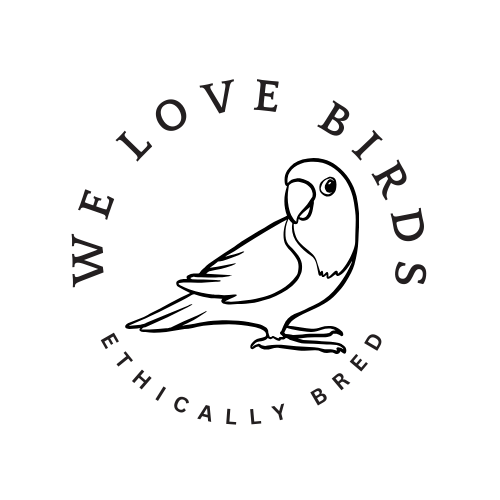Indian ringneck
Indian Ringneck Parakeets: Origins, Lifespan, Care, and Stunning Color Variations
Indian Ringneck Parakeets (Psittacula krameri manillensis) are medium-sized parrots native to parts of South Asia, including India, Sri Lanka, and Pakistan. Celebrated for their striking plumage, intelligence, and ability to mimic human speech, these birds are popular among experienced bird owners seeking an engaging avian companion.
Natural Habitat and Origins
In the wild, Indian Ringnecks are commonly found in woodlands, agricultural areas, and even urban environments. Their adaptability and social nature have allowed them to thrive both in the wild and in captivity, where they are appreciated for their charming personalities and vocal abilities.
Lifespan
With attentive care, Indian Ringneck Parakeets can live 25 to 30 years in captivity, though some individuals have reached 35 years or more. Longevity depends on a nutrient-rich diet, proper housing, and consistent mental and physical enrichment.
Housing and Environment
Cage Size: Indian Ringnecks are highly active and require a minimum cage size of 24" x 24" x 36", though larger is preferable to allow flight and exercise.
Bar Spacing: Bar spacing should be between ½" to ⅝" to ensure safety without restricting movement.
Perches and Toys: Use natural wood perches of varying diameters and include a variety of toys such as ropes, bells, and puzzle feeders to satisfy their high intelligence and curiosity.
Temperature: Maintain a room temperature between 65°F and 85°F. Avoid exposure to drafts, extreme heat, or sudden temperature changes.
Diet and Nutrition
A well-rounded diet supports health, vibrant plumage, and longevity.
Pellets: High-quality pellets should make up 60–70% of the diet.
Fresh Fruits and Vegetables: Offer daily servings of leafy greens, sweet potatoes, berries, and other bird-safe produce.
Seeds and Nuts: Provide in moderation as occasional treats, especially during training sessions.
Fresh Water: Replace drinking water daily and ensure the water bowl stays clean.
When transitioning from seeds to pellets, use a gradual mix, starting with 75% seed and 25% pellet, increasing the pellet ratio over time.
Health and Wellness
Indian Ringnecks are hardy birds but still require regular care and attention.
Signs of Illness: Be alert for puffed feathers, reduced vocalization, changes in appetite, and abnormal droppings.
Veterinary Care: Annual check-ups with an avian vet help prevent and detect health issues early.
Hygiene: Clean the cage, perches, and dishes frequently to maintain a hygienic living space.
Because parrots often mask signs of illness, early intervention is key if behavior or appearance changes.
Color Variations
Indian Ringneck Parakeets are available in a variety of stunning color mutations thanks to decades of selective breeding. Popular mutations include:
Normal (Wild-Type): Bright green body with a distinctive black and rose-colored neck ring (males) and long tail feathers.
Lutino: Bright yellow body with red eyes and a vivid orange beak.
Blue: Sky blue feathers with a black neck ring (males).
Albino: Pure white with red eyes, lacking pigmentation.
Cinnamon: A softer, tan-toned variation of the normal green.
Turquoise: A unique blue-green blend with reduced yellow pigmentation.
Grey: Elegant silver-grey body with darker markings.
Pied: Variegated feather patterns combining multiple colors in irregular patches.
Color doesn’t affect personality, but each mutation adds its own visual appeal to this already striking species.
Sources:https://en.wikipedia.org/wiki/Indianringneck
